Violinist and composer Ellie Wilson explains how her composition creates a dialogue between moths and humans, ahead of its London premiere on 5 July

Discover more Featured Stories like this in The Strad Playing Hub
’Moths often get overlooked—probably because they come out at night when most of us are asleep—but they’re just as important as bees and butterflies when it comes to pollination.’
These overlooked insects provide the inspiration for a new work by violinist and composer Ellie Wilson, Moth x Human. The work, which will have its London premiere at the Southbank Centre’s New Music Biennial on 5 July, aims to highlight the declining UK biodiversity by combining acoustic instruments and electronics with sonified moth activity data.
The UK moth population is in significant decline due to habitat loss, pesticides and climate change, which has a knock-on effect on the ecosystem. Moths are an important food source for bats, owls and birds, with about 2,500 species of moth in the UK, compared to just 59 species of butterfly.
Wilson says that she wanted to create an interspecies dialogue between moths and humans, that included sounds partly created by the insects themselves. But how does one translate moth flight data into sound?
Wilson was introduced to scientists at the UK Centre for Ecology and Hydrology (UKCEH), who use an automated, solar-powered device that records moth activity overnight. It has a light source to attract moths, a camera to photograph them and a computer plus AI to identify the species and timestamp each visit.
’I selected a single evening of data and transformed it into music,’ she explains. ’A custom-built Max/MSP device let me bring this data into Ableton. Each moth’s visit was converted into MIDI, with species assigned a unique pitch or timbre.
’I condensed real-time monitoring of a whole evening into the 12-minute duration of the work, capturing the ebb and flow of moth activity throughout the night. At some points the moths have created short melodic fragments, and these can be heard later in the piece as repeating motifs in the cello and piano.’
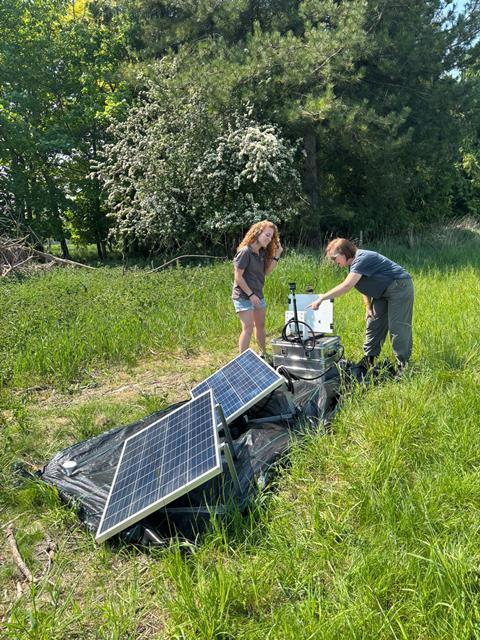
In addition to the moths, the work is scored for two violins, cello, trombone, piano and synthesiser. ’At the heart of the piece is a fixed media track created from the moth data, which plays alongside the live instruments,’ says Wilson.
’Most of the writing for the two violins is delicate (marked ‘gossamer – like moth wings’ in the score). They move in fast, whispered exchanged, lots of string crossing that moves from flautando to sul ponticello to bring out a wide range of overtones and timbres, creating a sort of dreamy, fluttering sound world.
’The cello brings contrast and character: playful pizzicati, glissandi, Bartók snaps, and even percussive tapping on the body of the instrument to mimic the frantic flutter of a moth caught in a lampshade. This is followed by a folk-like melody that leads into an uplifting section, celebrating the beauty of the natural world.’
The piece sonically represents the impact of biodiversity decline by using data from the same evening but two contrasting locations. It opens with data gathered from Parsonage Downs in Wiltshire, a healthy chalk grassland habitat. Over the course of four hours, 80 different moth species were recorded.
Wilson describes the sound world as rich, very active, demonstrating a thriving ecosystem. The closing section of the piece uses data from a monoculture farm in Cambridgeshire where pesticides are used. Here, only 19 moth species were recorded during the same four-hour period and the soundscape is sparse and monotonous.
How does she feel about moths now? ’Before I started this project, I could probably name five species of moth. Now, I’ll admit—I’m a bit obsessed!’ she says
’I’ve even built a moth trap in my garden to monitor activity. It’s fascinating to see just how many species are flying right outside your bedroom window. (And yes, I always release them safely the next day.)’
Moth x Human will be performed on 5 July Purcell Room, Southbank Centre, 12pm. It was commissioned by Oxford Contemporary Music with support from the UK Centre for Ecology and Hydrology. It is part of PRS Foundation’s New Music Biennial, a free festival presenting 20 pieces of new music across two weekends in Bradford 2025 UK City of Culture and London Southbank Centre. Works will be broadcast on BBC Radio 3 and available for download from NMC Recordings.
Watch: Perfectly poised pizzicato: Louise McMonagle performs ‘Salat Babilya’ for solo cello
Read: French connection: the Ispir brothers following in the footsteps of the Capuçons
Discover more Featured Stories like this in The Strad Playing Hub
The number one source for playing and teaching books, guides, CDs, calendars and back issues of the magazine.
In The Best of Technique you’ll discover the top playing tips of the world’s leading string players and teachers. It’s packed full of exercises for students, plus examples from the standard repertoire to show you how to integrate the technique into your playing.
In the second volume of The Strad’s Masterclass series, soloists including James Ehnes, Jennifer Koh, Philippe Graffin, Daniel Hope and Arabella Steinbacher give their thoughts on some of the greatest works in the string repertoire. Each has annotated the sheet music with their own bowings, fingerings and comments.
The Canada Council of the Arts’ Musical Instrument Bank is 40 years old in 2025. This year’s calendar celebrates some its treasures, including four instruments by Antonio Stradivari and priceless works by Montagnana, Gagliano, Pressenda and David Tecchler.

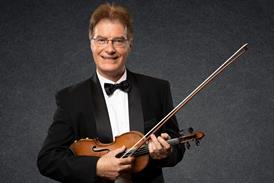
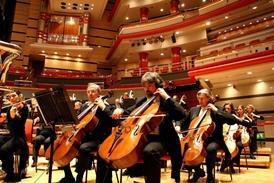
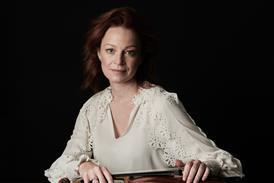
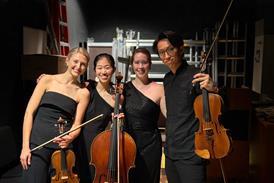

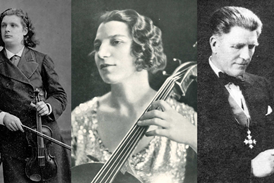


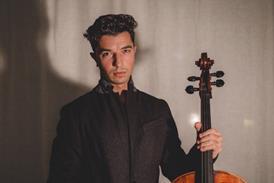
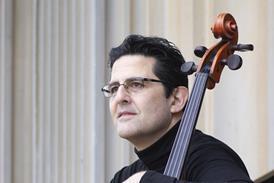
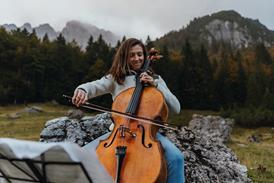
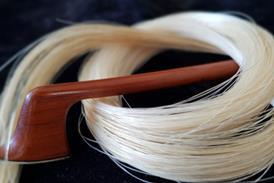
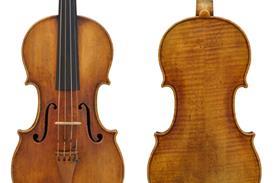
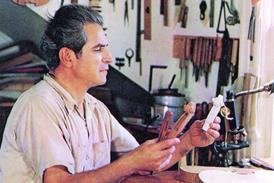
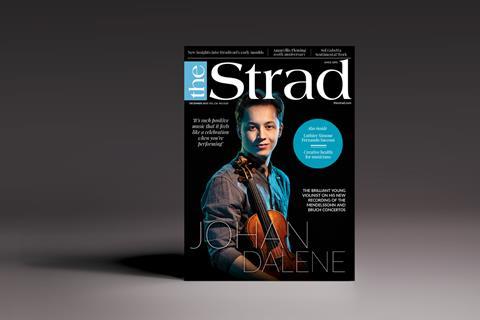
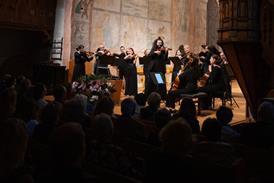

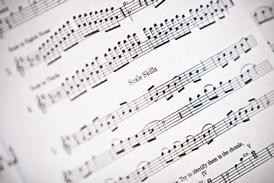
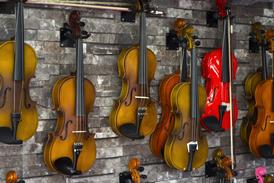

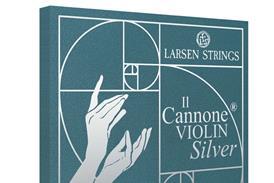

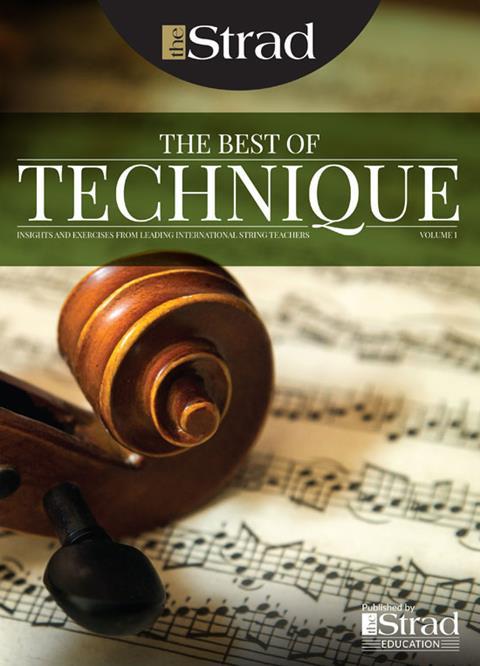
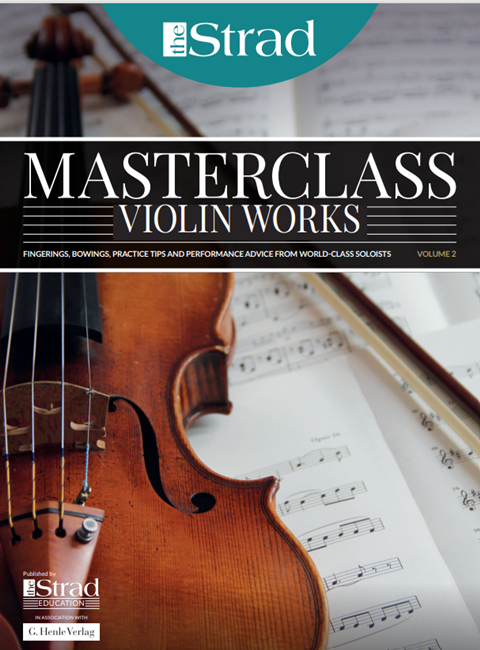
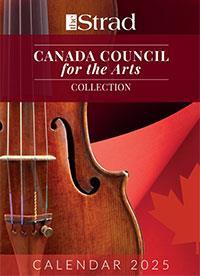
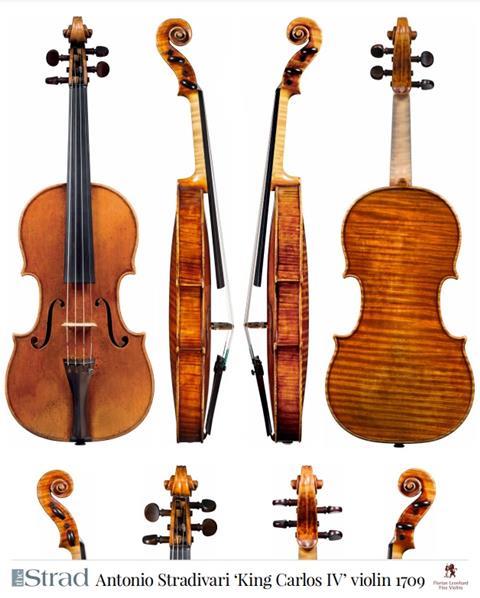
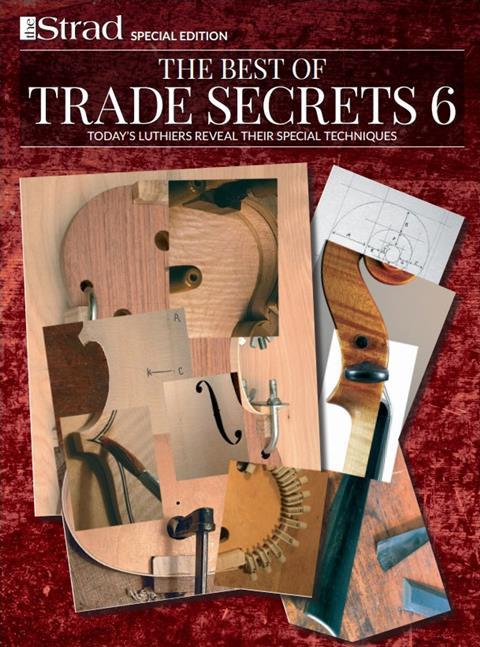
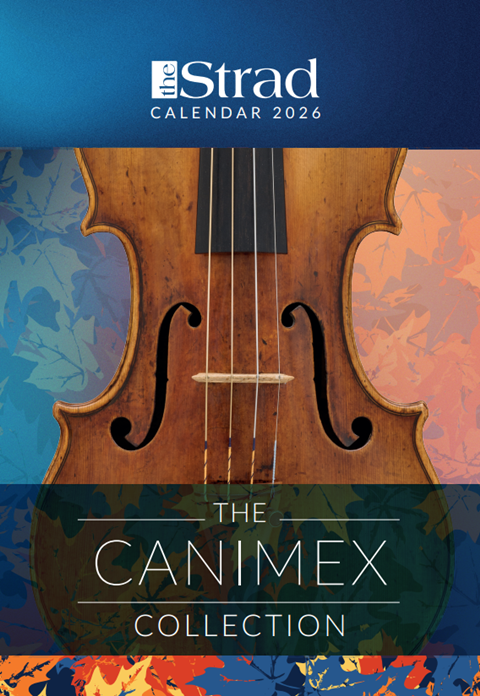
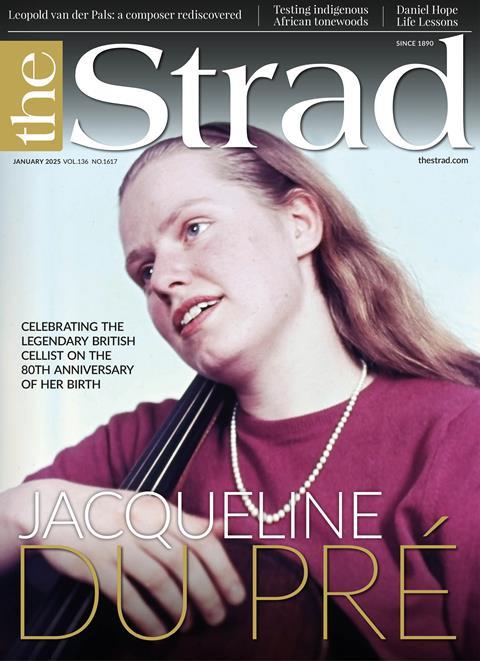
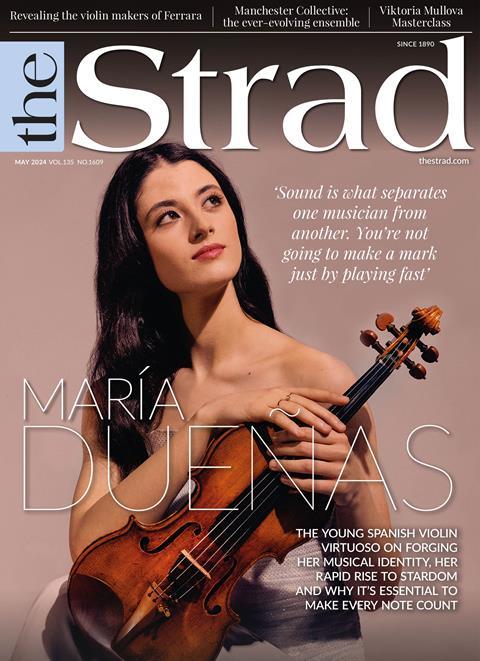
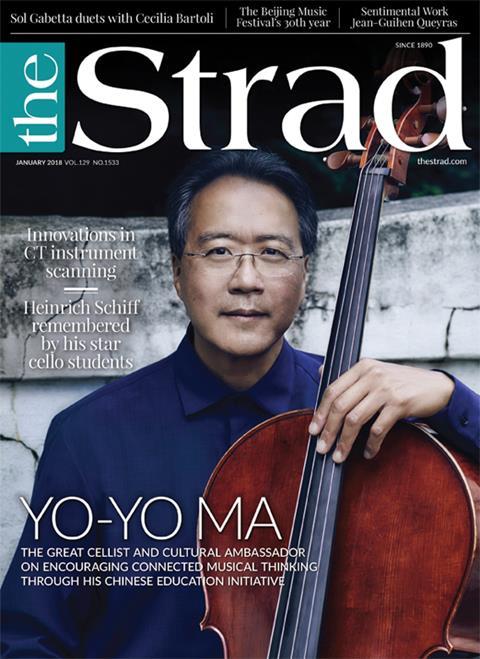












No comments yet